"Terminal Clock In Patinated Bronze "le Temps" Restoration Period"
Patinated bronze terminal clock from the restoration period. On its central part, two pilasters with capitals frame Chronos loaded with his scythe, a bow and his quiver. The dial supported in its lower part by a vine decoration. The bezel features water leaf motifs surrounding a gilded bronze and guilloche dial with a “clou de Paris” motif. It is signed "Rieussec Hger du Roi". Breguet type hands. Roman numerals for the hours and railway numerals for the minutes (usual defects). A Paris movement with wire suspension equips the clock, striking the half-hours by hood on bell. Advance/delay adjustment using a square at 12 o'clock hidden by the bezel. The mechanism of this clock has been completely overhauled in our workshop. This includes the complete disassembly of the movement, correction of play and wear, rectification of the pivots, cleaning, bluing of the steels, reassembly, lubrication and adjustments. This clock will be guaranteed for a period of two years. Comparative bibliography: Nicolas Mathieu Rieussec The French watchmaker Nicolas Mathieu Rieussec was notably watchmaker to King Louis XVIII before inventing the inking chronograph in 1821. Nicolas Mathieu Rieussec became a watchmaker in 1802 at just 21 years old. For years, he worked in his Parisian boutique on the Île de la Cité and acquired a certain reputation, so much so that in 1810 he was listed among the 222 watchmakers of Paris in the Almanac du commerce. For Rieussec, this constitutes a first recognition, but things will accelerate in 1815. The end of Napoleon, with the defeat at Waterloo, announces the restoration of royalty and disrupts the destiny of the watchmaker. Building on his reputation in watchmaking, Nicolas Mathieu Rieussec was appointed watchmaker to King Louis XVIII in 1817. But at his request, he became, in 1818, watchmaker to the royal furniture repository, a government office responsible for managing furniture and illustrations. used to decorate royal residences. Watchmaker and inventor Nicolas Mathieu Rieussec times a horse race on the Champ-de-Mars. The goal was not just to measure the winner's time but that of all the participants, which represented a real challenge at the time. The watchmaker's work is unanimously appreciated. In 1822, he obtained a five-year patent for the invention of his seconds chronograph or inking chronograph. The instrument, equipped with a needle and an ink reservoir, is used to mark the time on the dial. Fatton will make improvements to the system for the watchmaker Breguet the year following Rieussec's invention. The latter died in 1866 and saw his son Joseph-Ferdinand follow in his footsteps and become a watchmaker. A similar terminal clock, showing the same representation of Chronos on sale at Couteau-Begarie, Paris, on October 15, 2008, lot 228. 

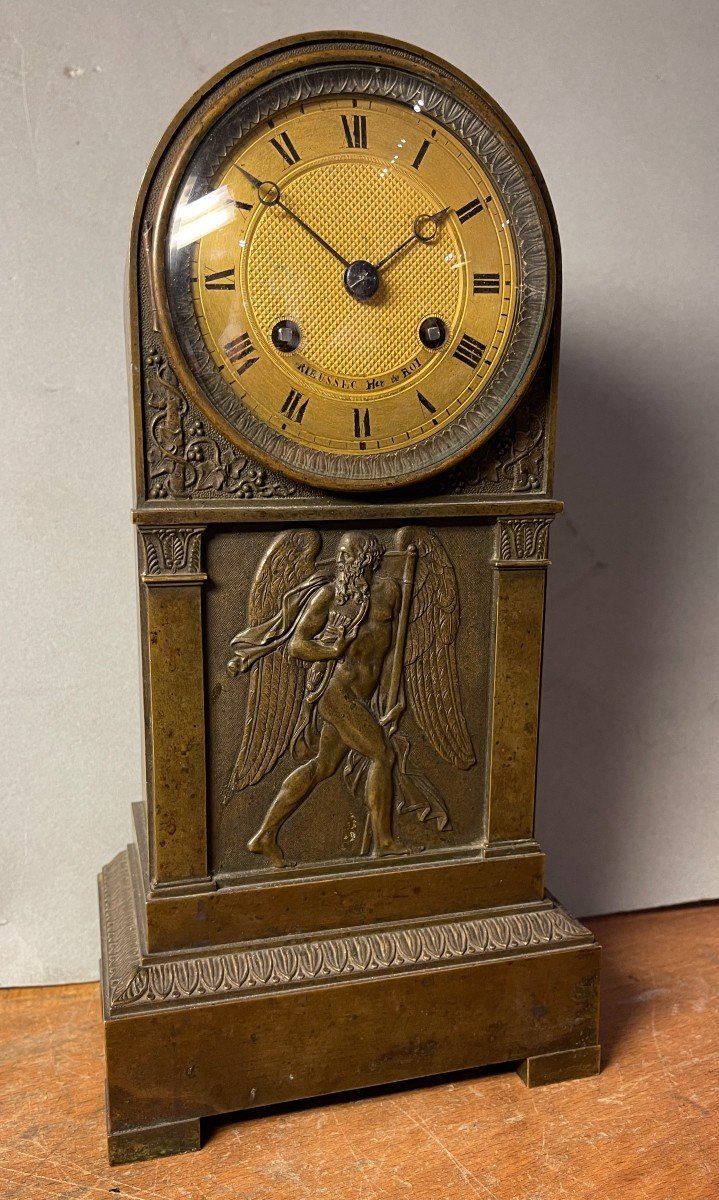
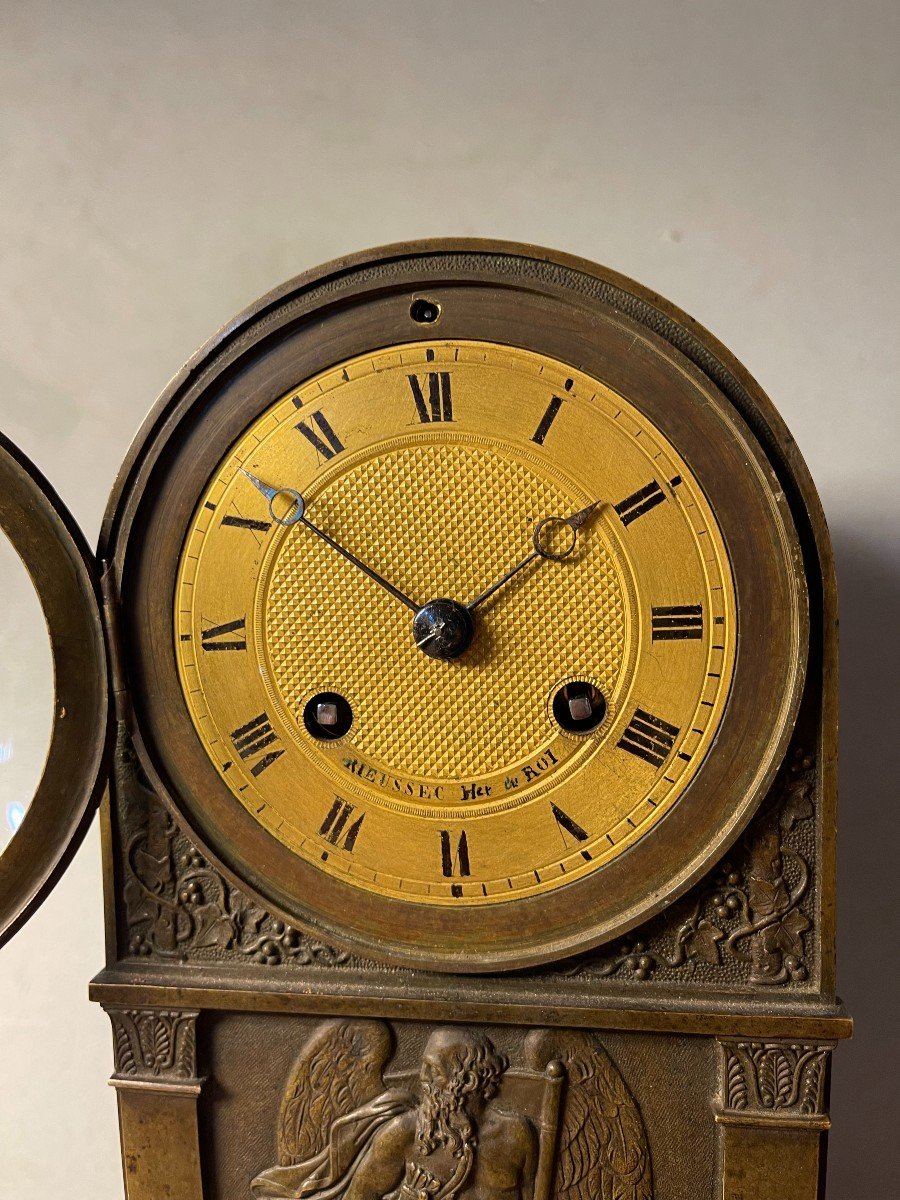
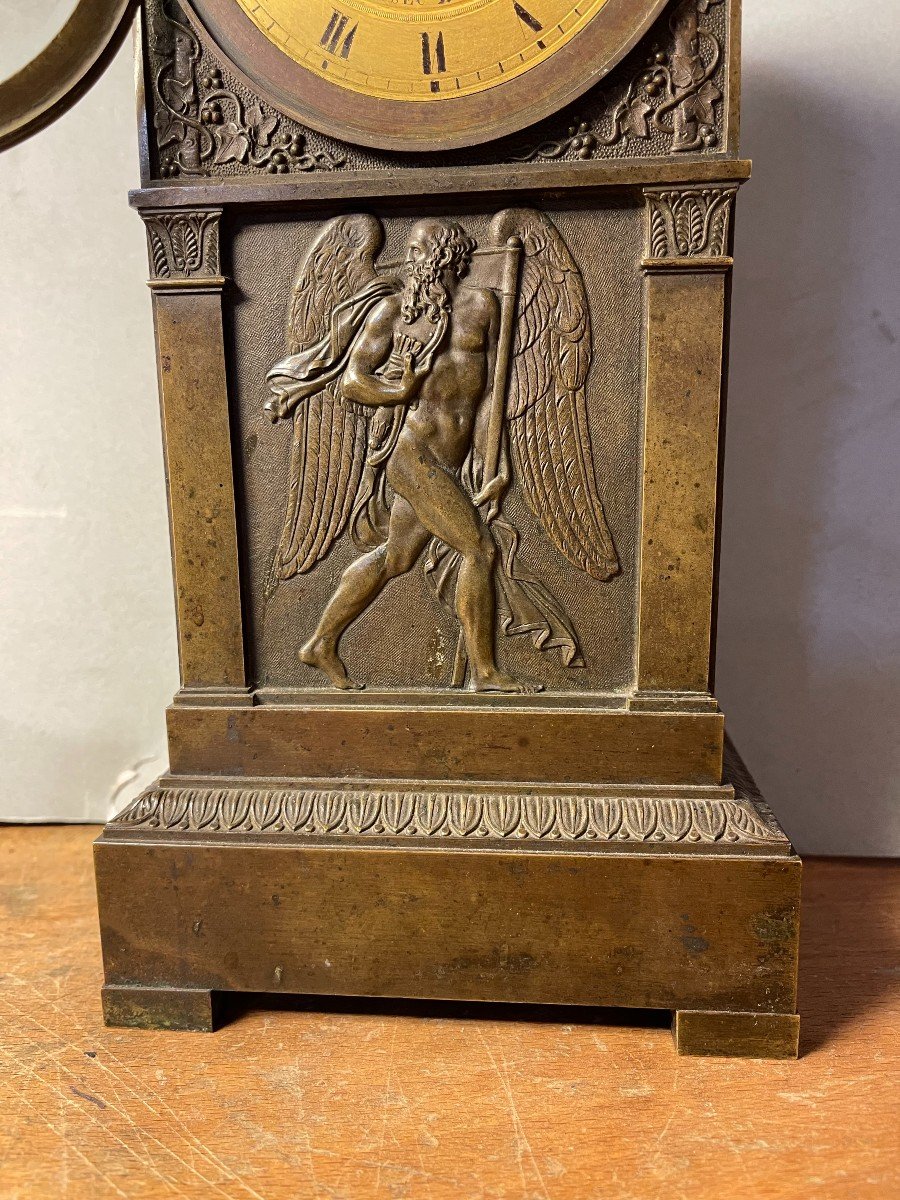
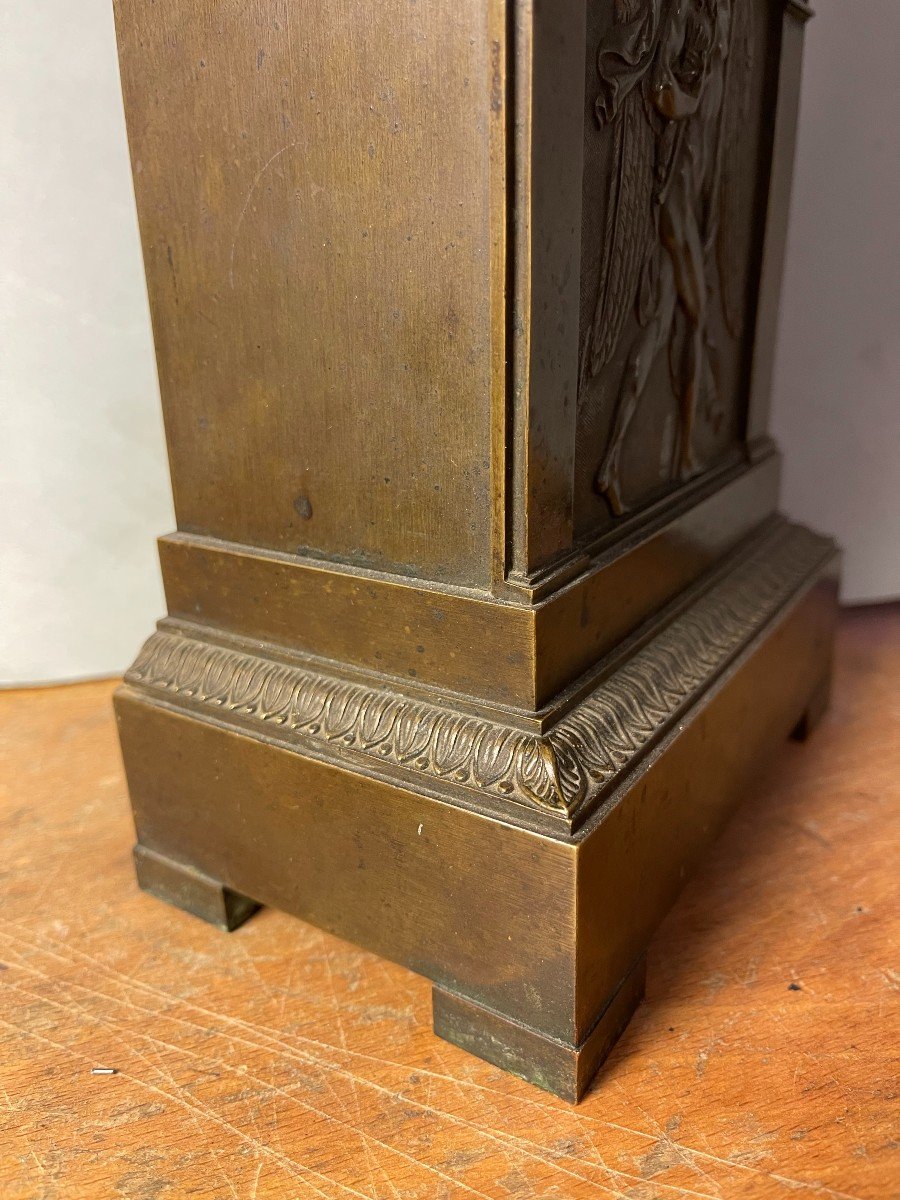
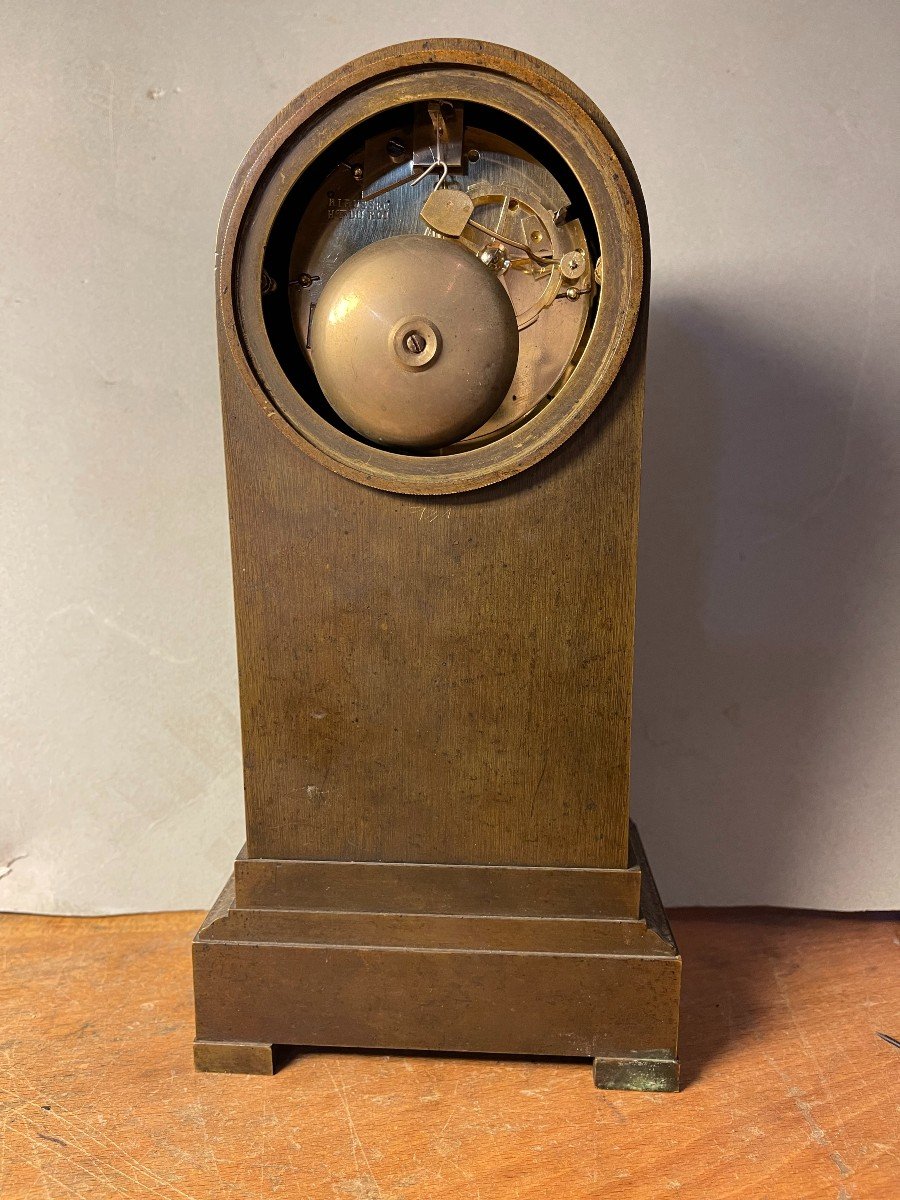
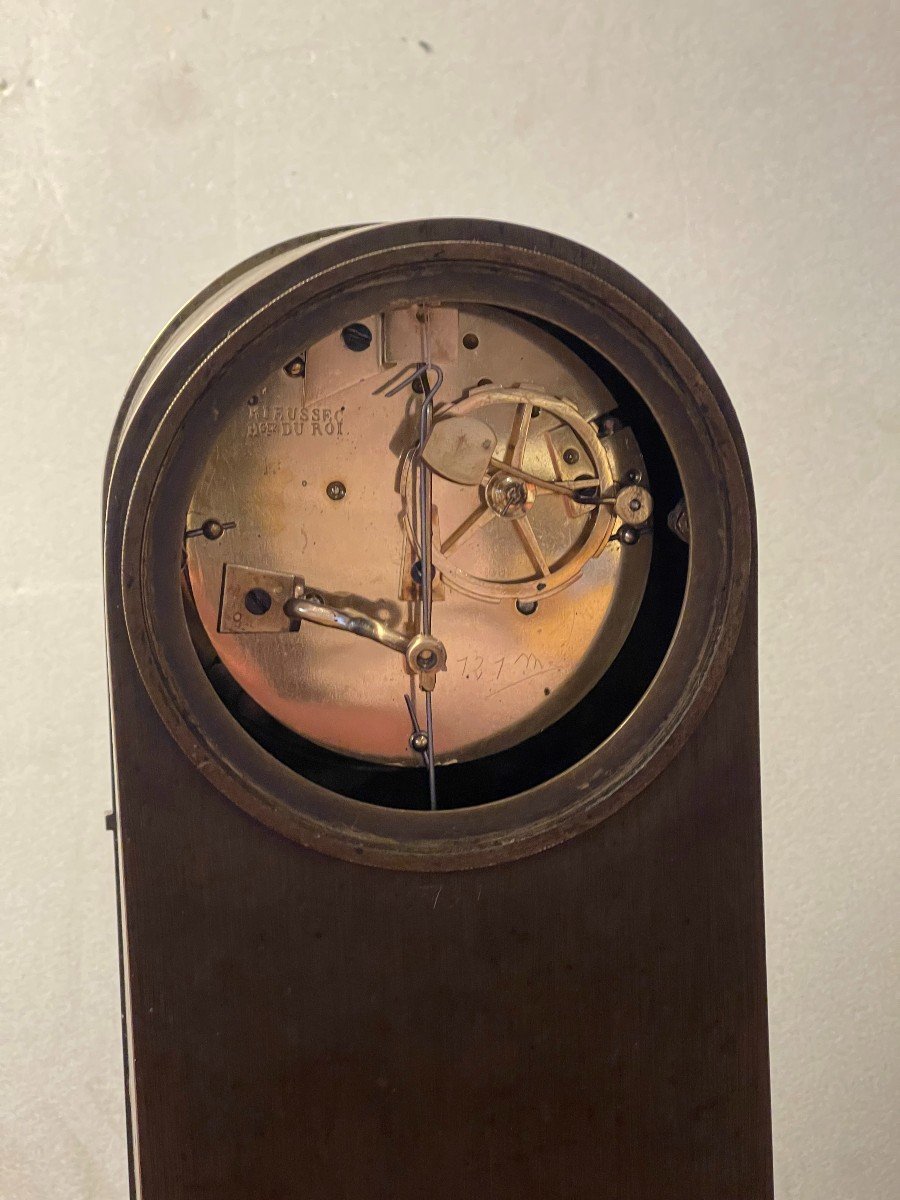







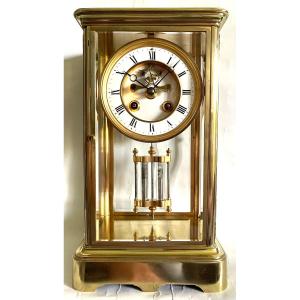
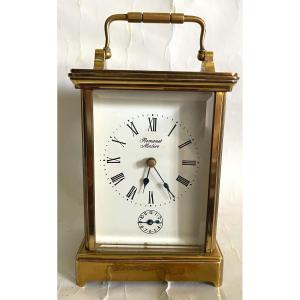
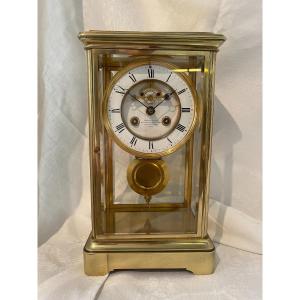
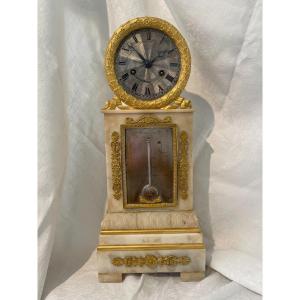
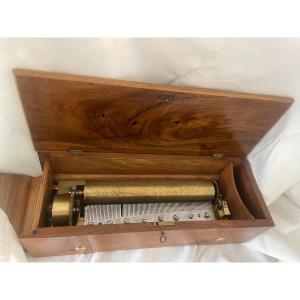
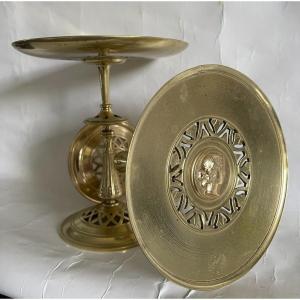
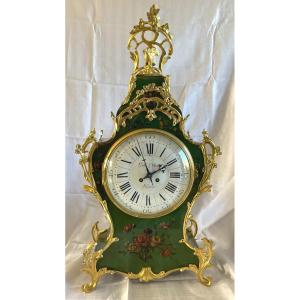
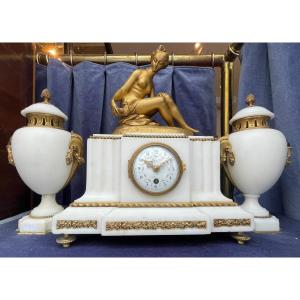
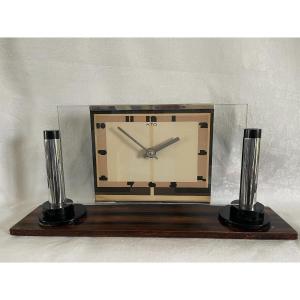
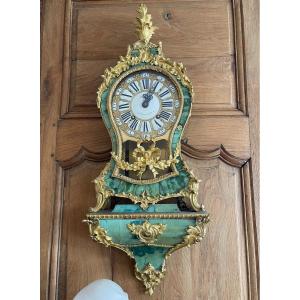



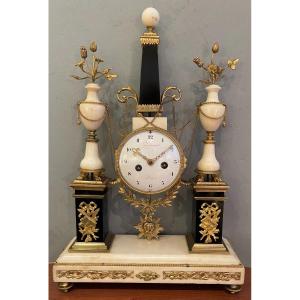
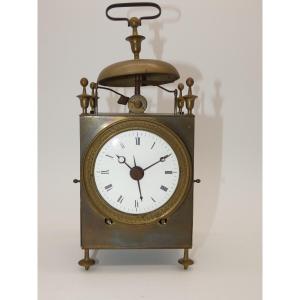
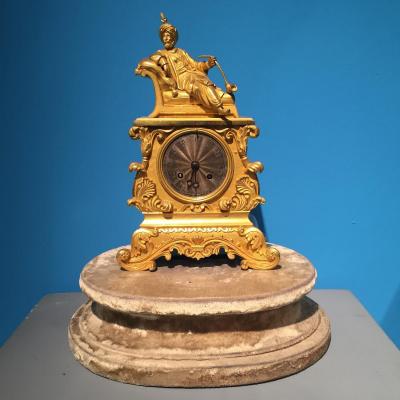

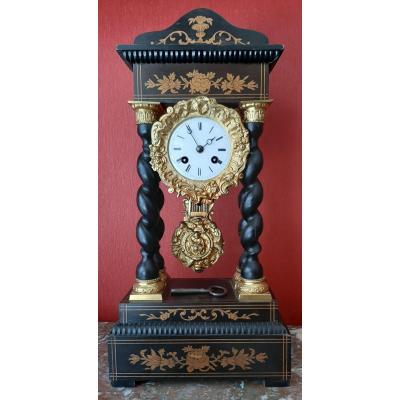





 Le Magazine
Le Magazine Rivista Artiquariato
Rivista Artiquariato TRÉSORS magazine
TRÉSORS magazine